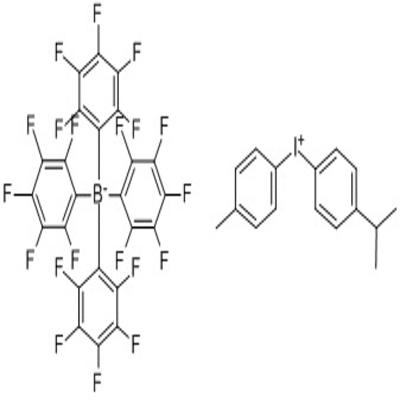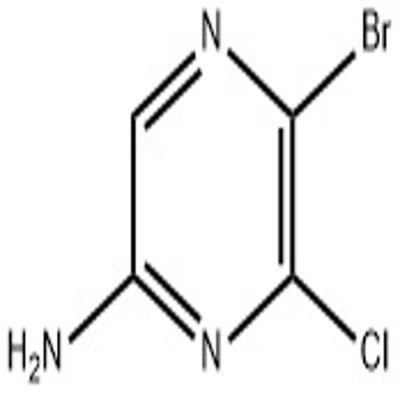-
Categories
-
Pharmaceutical Intermediates
-
Active Pharmaceutical Ingredients
-
Food Additives
- Industrial Coatings
- Agrochemicals
- Dyes and Pigments
- Surfactant
- Flavors and Fragrances
- Chemical Reagents
- Catalyst and Auxiliary
- Natural Products
- Inorganic Chemistry
-
Organic Chemistry
-
Biochemical Engineering
- Analytical Chemistry
- Cosmetic Ingredient
-
Pharmaceutical Intermediates
Promotion
ECHEMI Mall
Wholesale
Weekly Price
Exhibition
News
-
Trade Service
(4,6-dichloropyrimidin-5-yl)methanol, commonly referred to as 2,4-dichloropyrimidine methanol, is a synthetic organic compound used in a variety of applications in the chemical industry.
The production process of 2,4-dichloropyrimidine methanol involves several steps, including synthesis, purification, and isolation.
The synthesis of 2,4-dichloropyrimidine methanol typically involves the use of a chemical reaction known as the Williamson ether synthesis.
In this reaction, a compound known as pyruvaldehyde is treated with excess methyl iodide in the presence of a base, such as sodium hydroxide, to form a methylated intermediate.
This intermediate is then treated with a source of chlorine, such as thionyl chloride, to form the desired 2,4-dichloropyrimidine methanol.
Once the synthesis step is complete, the resulting 2,4-dichloropyrimidine methanol is typically purified using a variety of techniques to remove any impurities or unwanted side products.
This may involve the use of methods such as crystallization, distillation, or chromatography, depending on the specific impurities present in the sample.
The purified 2,4-dichloropyrimidine methanol is then isolated by collecting the crystalline product that has formed during the purification process.
The final step in the production process of 2,4-dichloropyrimidine methanol is typically quality control testing to ensure that the product meets the desired purity and composition standards.
This may involve the use of methods such as nuclear magnetic resonance (NMR) spectroscopy or high-performance liquid chromatography (HPLC) to identify and quantify any impurities present in the final product.
The production process of 2,4-dichloropyrimidine methanol is typically carried out on a large scale in a industrial manufacturing facility.
The reaction mixture is typically prepared in a glass-lined reactor and the reaction is carried out under anhydrous conditions.
The product is then isolated by collecting the crystalline product that has formed during the reaction.
One of the key challenges in the production of 2,4-dichloropyrimidine methanol is the optimization of the synthesis reaction to ensure that the desired product is formed in the greatest possible yield.
This may involve the use of different reaction conditions, such as temperature, pressure, and reaction time, as well as the use of different reaction catalysts or inhibitors to control the reaction.
Another challenge in the production process of 2,4-dichloropyrimidine methanol is the purification and isolation of the product.
This may involve the use of multiple purification steps to remove impurities, such as unwanted side products or impurities that may be present in the starting materials.
The use of advanced purification techniques, such as HPLC or NMR spectroscopy, can help to ensure that the final product meets the desired purity and composition standards.
The production of 2,4-dichloropyrimidine methanol is a complex process that requires careful attention to detail and a thorough understanding of the underlying chemistry.
To ensure consistent quality and yield, it is important to carefully monitor and control all aspects of the production process, from the synthesis of the starting materials to the purification and isolation of the final product.
In conclusion, the production process of (4,6-dichloropyrimidin-5-yl)methanol is a multi-step process that involves the synthesis of the starting materials, purification and isolation of the product.
The optimization of the synthesis reaction and purification process is crucial for the production of consistent and high-quality product.
This







